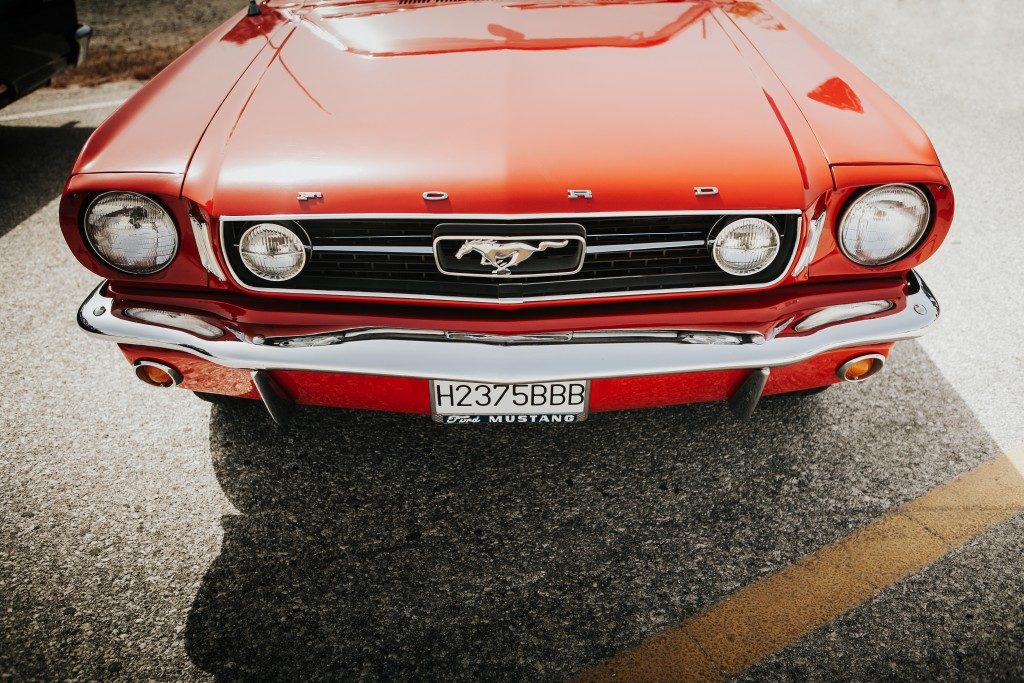The Core Principles Behind Restoring Classic Cars

Restoring a classic car can be a challenging yet rewarding endeavor. How well an auto restoration project proceeds is dependent on the state of the car and the availability of its parts on the market.
The auto restoration shops of today make it possible for old cars to return to their former glory. Collectors, history enthusiasts, and investors are enamored by the idea of the value brought by bringing an old favorite back into its pristine condition.
Restoring a vintage car is no easy task, however. Auto enthusiasts must weigh in the decisions to fully restore a car from the ground up and whether the extent of the repairs would justify the often steep costs involved in the restoration. Fortunately, most modern auto restoration workshops have with them a battery of modern tools ranging from Baileigh sheet metal brakes to pipe benders, giving them ample flexibility to rebuild and restore a broad range of vintage vehicles.
Restoration Types
Chief among the challenges in restoring a classic car is gauging the extent of restoration needed by the vehicle Depending on how the car was used in its lifetime, it would probably have extensive performance disadvantages caused by worn parts, poor suspension, and extensive corrosion.
A car whose internal parts are in terrible condition may not run as well, necessitating a complete (or ground up) restoration. Meanwhile, a better-preserved car whose mechanisms perform well may largely receive cosmetic restorations to bring their exteriors up to speed. Still, others that look good on the outside but is no longer running well—if at all—may benefit from a mechanical restoration focused on its engine and drive mechanism.
The type of restoration would largely depend on the purpose of the car’s acquisition. People in the business of buying and selling classic cars may prefer better-maintained models with more readily available parts to bring old vehicles back to factory condition. In general, mechanical restoration is the most cost-effective approach due to the relative ease of fixing engines, whereas cosmetic restorations may actually cost more based on the extent of the damage to the body.

A Matter of Parts
Another hurdle faced by auto enthusiasts in restoring vintage vehicles is the absence of compatible parts. This is an inevitability with most vehicles as car companies abandon their production of that specific model. Over time, companies may change their production standards or adopt new manufacturing processes, leaving older models behind with few if any compatible parts available in the market.
For exceptionally rare or old vehicles, ready-made or second-hand parts in good condition may not be readily available on the market and would be extremely difficult to find. This can complicate attempts to fully restore and maintain classic vehicles. In the absence of factory parts, many vintage cars may not be brought back to true factory condition.
Fortunately, parts dealers do serve the thriving auto restoration market, providing original auto parts from various manufacturers whenever they are available. This can eliminate some of the woes faced by auto restorers. Other companies specialize in creating accurate facsimiles of the missing parts with the brand imprints already on them, which can serve as a suitable alternative.
A Hands-on Approach
Some enthusiasts and hobbyists are tempted to do restoration work by themselves, in part to save money and in part to have some of the hands-on joy of bringing the vehicle back to life. In general, however, novices should leave all their restoration tasks to the appropriate professionals. Only a sufficiently skilled auto enthusiast should attempt to do all of the work in restoration by themselves.
Restoring an old car, however, requires skill sets that far exceed most of those held by average motorists and auto enthusiasts. Auto enthusiasts who want to take on a more hands-on approach to their restoration projects, however, can do part of the work themselves, provided they focus mainly on their chief area of expertise.




